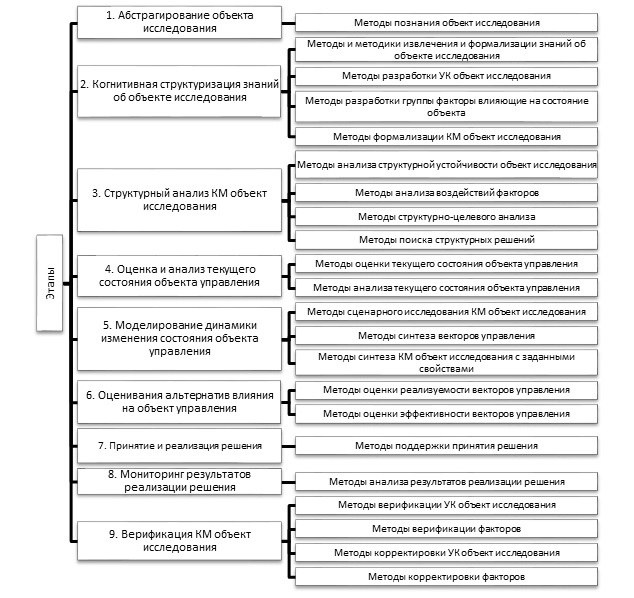Cognitive modeling and features of its application during the time of military conflict
Abstract
The article deals with the concept and stages of cognitive modeling and cognitive map construction, defines parameters that act as an external environment for military conflict, and shows the methodology of cognitive modeling in the management of situations in military conflicts.
Downloads
References
Adamenko AA Model of decision making on the structure of complex influence on critical objects of the enemy / AA Adamenko // Proceedings of the University: Sb. sciences Ave - Kyiv: National University of Defense of Ukraine. [in Ukrainian].
Automation of production and industrial electronics/ under Ed. AI Berg and VA Trapeznikov. [in Russian].
Permyakov O.Yu. Information technologies and modern armed struggle / O.Yu. Permyakov, AI Sbitniev. [in Ukrainian].
Novoseltsev V.I. Theoretical Basis of System Analysis / Novoseltsev VI and others; ed. YOU. Novoseltseva. [in Russian].
Axelrod R. The Structure of Decision: Cognitive Maps of Political Elites / R. Axelrod. – Princeton University Press, 1976.

Abstract views: 413 PDF Downloads: 248
Copyright (c) 2018 Oleksandr Haponenko, Vladimir Koval

This work is licensed under a Creative Commons Attribution 4.0 International License.
The authors agree with the following conditions:
1. Authors retain copyright and grant the journal right of first publication (Download agreement) with the work simultaneously licensed under a Creative Commons Attribution License that allows others to share the work with an acknowledgment of the work's authorship and initial publication in this journal.
2. Authors have the right to complete individual additional agreements for the non-exclusive spreading of the journal’s published version of the work (for example, to post work in the electronic repository of the institution or to publish it as part of a monograph), with the reference to the first publication of the work in this journal.
3. Journal’s politics allows and encourages the placement on the Internet (for example, in the repositories of institutions, personal websites, SSRN, ResearchGate, MPRA, SSOAR, etc.) manuscript of the work by the authors, before and during the process of viewing it by this journal, because it can lead to a productive research discussion and positively affect the efficiency and dynamics of citing the published work (see The Effect of Open Access).















